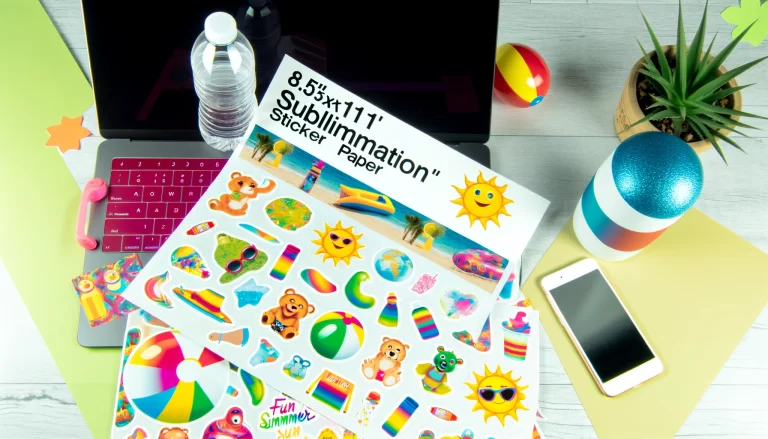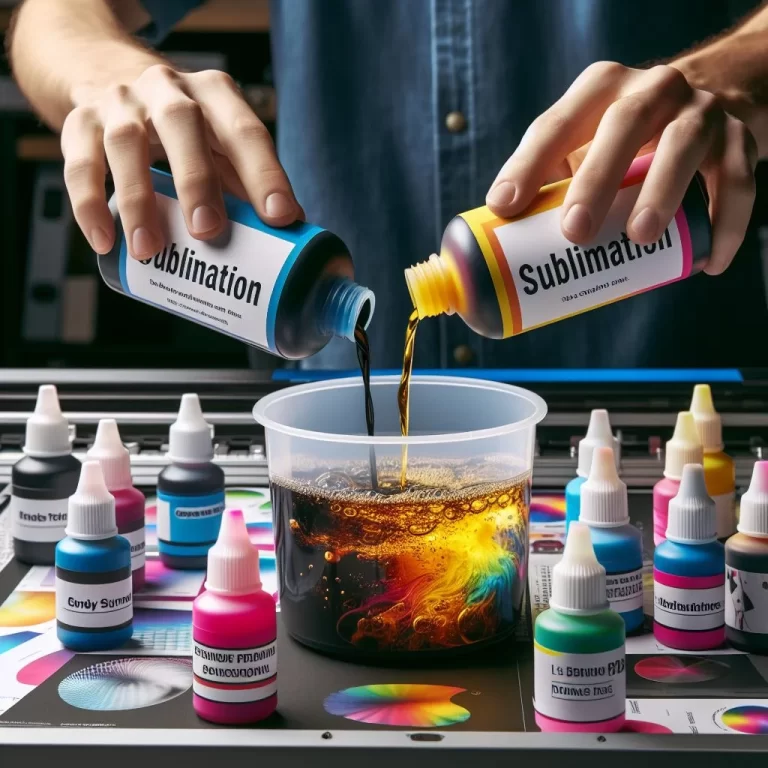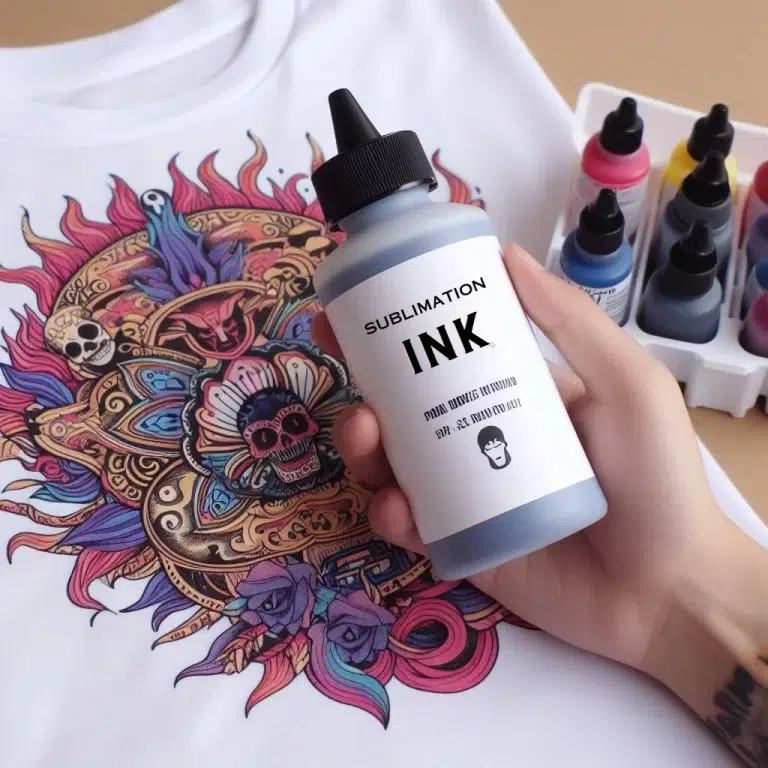Water-Based Inks: The Eco-Friendly Choice for Screen Printing
Explore the eco-friendly benefits of water-based inks for screen printing. Learn how water-based inks offer vibrant colors, a soft feel, and sustainability, making them the ideal choice for environmentally-conscious printing projects.
In the vibrant world of screen printing, the shift towards more sustainable practices has become a priority for businesses and consumers alike. Water-based inks are at the forefront of this transformation, offering an eco-friendly alternative to traditional printing inks.
This comprehensive guide delves into the benefits, applications, and considerations of using water-based inks for screen printing.
Understanding Water-Based Inks
Definition and Composition
Water-based inks, as the name suggests, use water as the primary solvent, significantly reducing the need for harmful chemicals. This composition makes them an ideal choice for eco-conscious printing projects.

Environmental Benefits
- Lower VOC Emissions: It emits fewer volatile organic compounds (VOCs), contributing to a healthier environment and workplace.
- Improved Recyclability: Printed materials using it are easier to recycle, enhancing the sustainability of printed products.
For more on eco-friendly screen printing inks, visit Subli Genius Print.
Water-Based Inks vs. Other Inks
| Ink Type | VOC Emissions | Health & Safety | Environmental Impact |
|---|---|---|---|
| Water-Based Inks | Low | Safer | More Eco-Friendly |
| Plastisol Inks | High | Less Safe | Less Eco-Friendly |
| Solvent-Based Inks | High | Less Safe | Less Eco-Friendly |
Use Cases and Limitations
Water-based inks are ideal for:
- Soft-hand prints on light-colored fabrics.
- Eco-friendly product lines.
However, they may not be the best choice for:
- High-opacity needs on dark fabrics without underbase.
- Quick production runs due to longer drying times.
For a comparison with other eco-friendly options, check out our guides on Soy-Based Inks and UV-Curable Inks.
Purchasing Water-Based Inks
Choosing the Right Water-Based Ink
Consider the following when selecting water-based inks:
- Fabric Compatibility: Ensure the ink is suitable for your fabric type.
- Drying Time: Account for longer drying times in your production schedule.
- Color Vibrancy: Test for color vibrancy, especially on darker fabrics.
Recommended Suppliers and Brands
Research and choose suppliers that align with your sustainability goals and offer high-quality water-based inks.
Using Water-Based Inks
Printing Techniques and Tips
- Pre-treatment: Use a fabric pre-treatment to enhance ink adhesion and color vibrancy.
- Curing Process: Ensure a complete cure to prevent washout, typically requiring a longer drying time.
Troubleshooting Common Issues
- Ink Drying in the Screen: Keep the screen flooded between prints.
- Achieving Vibrant Colors on Dark Fabrics: Use a white underbase or choose inks with high-opacity formulas.
The Environmental Impact of Water-Based Inks
Sustainability Features
- Reduced Carbon Footprint: Lower energy requirements for drying and curing.
- Enhanced Worker Safety: Minimized exposure to toxic chemicals.
Case Studies and Certifications
Look for suppliers and brands that offer transparent information on their sustainability practices and product certifications.
Conclusion
Water-based inks represent a significant step towards sustainable screen printing. By choosing these inks, printers can reduce their environmental impact, improve workplace safety, and still produce high-quality prints. As the industry continues to evolve, water-based inks will play a pivotal role in eco-friendly printing practices.
Explore more about sustainable printing solutions at Subli Genius Print.
Additional Resources:
Embracing water-based inks is more than a printing choice—it’s a commitment to a greener future.






